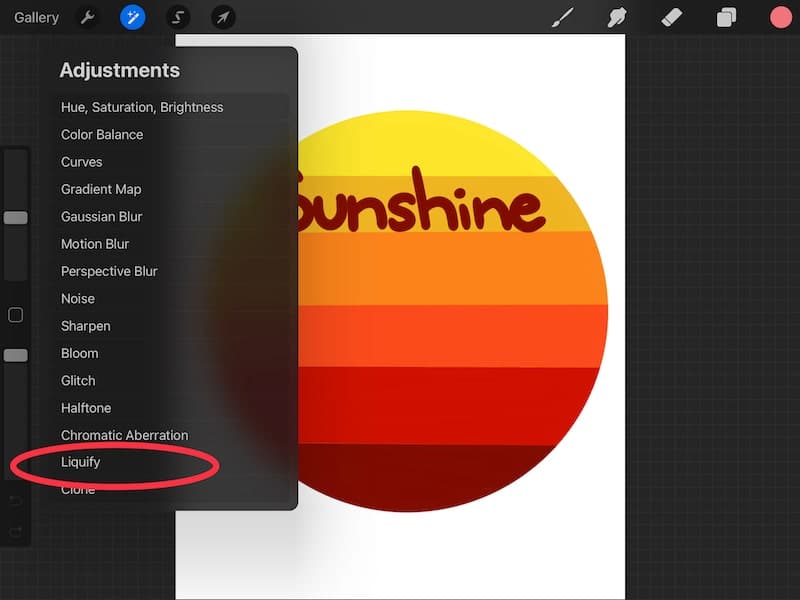23 italian musical term meaning very slow tempo Quick Guide
You are reading about italian musical term meaning very slow tempo. Here are the best content by the team thcsngogiatu.edu.vn synthesize and compile, see more in the section How to.
How do musicians know how fast to play a piece? And why are the terms in Italian? [1]
Musical terms: A glossary of useful terminology [2]
Wikipedia [3]
Italian musical terms [4]
Musical terms: A glossary of useful terminology [5]
List of Italian musical terms used in English [6]
50 Useful Italian Music Terms and Symbols to Know [7]
17 Italian Music Terms Used In English [8]
Italian Musical Terms [9]
Lento music definition [10]
Three Step Guide to Master Italian Words in Music Theory [11]
Music Glossary: 61 Obscure Music Terms to Know [12]
What do the various Italian Tempo Markings Mean? An Overview – Songbird Music Academy [13]
Musical Terms — Glacier Symphony [14]
What Is The Musical Term For Slow? [15]
The Crossword Symphony: 12 Musical Terms And Solving Tips [16]
What’s the Italian musical term for “in minuet steps”? – Oleosymusica.blog [17]
Dynamics, Tempo and Performance [18]
Understanding musical terms [19]
Music Glossary [20]
C3. Musical Terms and Signs [21]
Musical Terminology Glossary [22]
What does the musical term molto mean? [23]
Sources
- https://symphonynovascotia.ca/faqs/symphony-101/how-do-musicians-know-how-fast-to-play-a-piece-and-why-are-the-terms-in-italian/#:~:text=Some%20of%20the%20more%20common,)%20(55%E2%80%9365%20BPM)
- https://www.classicfm.com/discover-music/musical-italian-terms/#:~:text=Lento%20(Italian%3A%20’slow’,meaning%20the%20music%20is%20slow.
- https://en.wikipedia.org/wiki/Tempo
- https://www.musicca.com/musical-terms
- https://www.classicfm.com/discover-music/musical-italian-terms/
- https://en.wikipedia.org/wiki/List_of_Italian_musical_terms_used_in_English
- https://www.thinkinitalian.com/italian-music-terms/
- https://www.dictionary.com/e/italian-music-terms-in-english/
- http://www.musictheory.org.uk/res-musical-terms/italian-musical-terms.php
- https://www.classical-music.com/features/musical-terms/lento-music-definition/
- https://www.libertyparkmusic.com/abrsm-italian-terms-learning-tips/
- https://blog.landr.com/music-terms/
- https://songbirdmusicacademy.com/what-do-the-various-italian-tempo-markings-mean-an-overview/
- https://glaciersymphony.org/musical-terms
- https://hellomusictheory.com/learn/musical-term-for-slow/
- https://www.nytimes.com/2019/02/06/crosswords/crosswords-symphony.html
- https://oleosymusica.blog/en/whats-the-italian-musical-term-for-in-minuet-steps/
- https://phamoxmusic.com/music-terms/
- https://www.bbc.co.uk/bitesize/guides/zq6nrwx/revision/1
- https://education.ket.org/resources/music-glossary/
- https://www.mymusictheory.com/for-students/grade-6/188-c3-musical-terms-and-signs
- https://www.translationdirectory.com/glossaries/glossary307.php
- https://qa.answers.com/entertainment/What_does_the_musical_term_molto_mean



